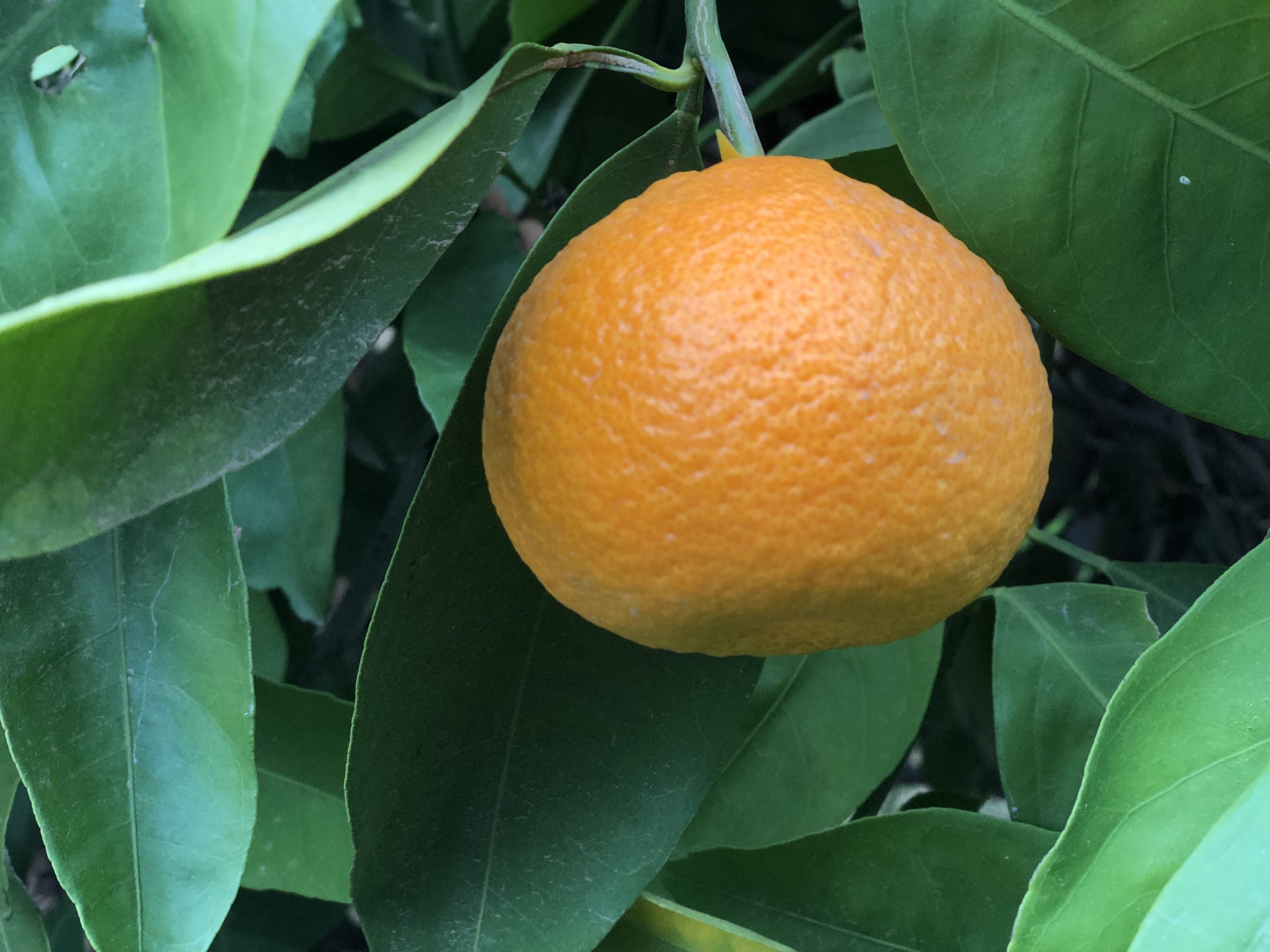
By Clint Thompson
Citrus was the focus of an annual meeting held in Quincy, Florida, on March 12. Growers from Florida and Georgia converged at the North Florida Research and Education Center to learn about various citrus management practices for the region.
GROWER-GUIDED AGENDA
Danielle Sprague, University of Florida Institute of Food and Agricultural Sciences (UF/IFAS) Extension agent in Jefferson County, said the conference met the needs of producers who wanted to learn more about citrus production.
“Each year we’ve got growers that we work with, and they guide the planning for this. We’ve listened to their needs and what they would like to learn,” Sprague said. “Just making the growers aware of what’s out there — production practices — that’s the focus of this, bringing information to the grower.”
This year’s meeting, highlighted by presentations from UF/IFAS specialists, focused on water-use efficiency, nutrition, fertilization, weed management and insects that impact fruit appearance along with new pest management challenges.
LEARNING ABOUT GREENING
Xavier Martini, assistant professor at the North Florida Research and Education Center, discussed management strategies for Asian citrus psyllids, which serve as vectors of citrus greening disease. The idea is to continue educating citrus growers in the region about the pests with the hope of keeping the disease out of area groves.
“Our growers up here are trying to be really proactive and learn. They recognize what has happened down in South Florida,” Sprague said. “Obviously, it’s a big investment to plant a new grove, especially in the times of greening. It’s not as widespread up here as it is down in South Florida. They’re aware of it. We monitor regularly for citrus greening. We put out sticky traps to look for psyllids. We have found it in some areas.”
Sprague estimates that there about 1,000 citrus acres, mainly satsuma production, across North Florida. It’s comparable to acreage in South Georgia, though Georgia citrus acreage is expected to double by the end of 2020. Sprague estimates the makeup of last week’s meeting was 75 percent Florida growers and 25 percent Georgia producers.









